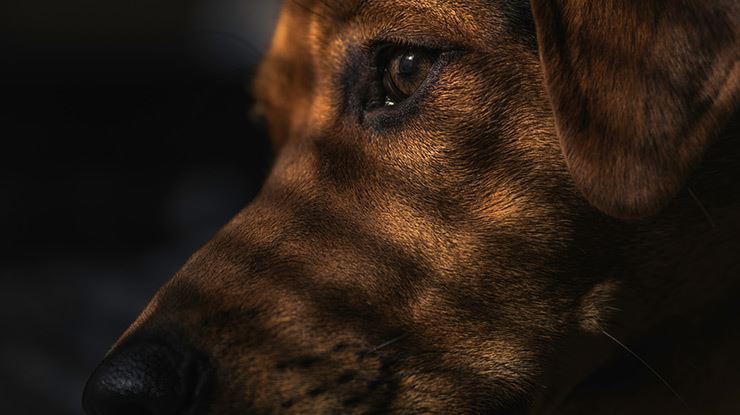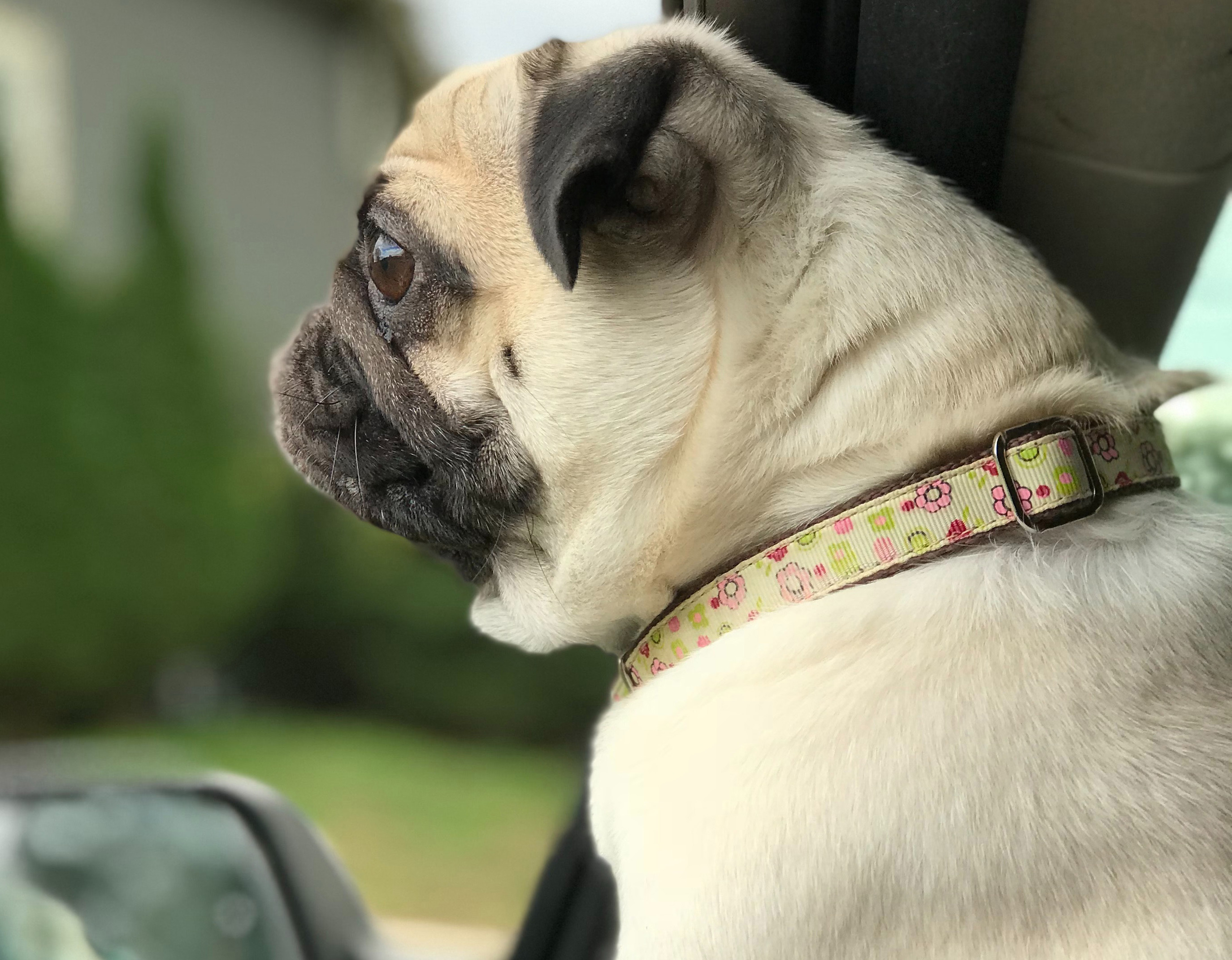
10 Signs of Anxiety in Your Dog
Many people spend years of their lives waiting for the chance to bring home their own dog. For those who were brought up with four legged friends around the house, it’s something that’s a lifelong goal. Others get started on their own path later in life and realize that a dog is what they’re missing. Dogs offer companionship and love that can’t be found in anything else. They bring a constant stream of joy to life, even when nothing else seems to be going well.
As you bond with your dog, you’ll learn her mannerisms beyond their reliable happiness and excitability. Sometimes she’ll stare quizzically at you with their head tilted, and other times she’ll prefer to hang out on her own in a different room. This different behavior isn’t always a bad sign, but as her best friend and biggest advocate, you need to be able to recognize when she’s trying to tell you that something is wrong.
Like humans, dogs struggle with anxiety. Some dogs don’t show it in the most obvious ways, but you should still be aware that your dog might be trying to tell you that she’s on edge. Read up on some of the most common signs of anxiety in dogs, and then give your dog a little extra attention to be sure that she isn’t dealing with any high levels of anxiety.
1. She Follows You Around
If you’ve had your dog since she was a puppy, you’re well aware about the existence of separation anxiety. It happens when the puppy leaves her mom for the first time, and then it can continue to happen every time you leave her alone at home. Your dog loves you and wants to be around you, so it’s confusing and even scary when she can’t be.
Dogs who get anxious over separation will often follow you around during your morning routine before you leave for school or work. They’ll watch with big eyes and a quiet demeanor, because they don’t want to miss a second with you. The best way to deal with this is to give your dog a quick, 10 second petting session before you step out the door. Talk in a cheery voice and remind her it’s going to be okay. Your positive tone and energy will help keep her relaxed after you leave.
2. She Never Settles Down
When humans feel their anxiety rise, it can lead to higher levels of energy. That’s when you find yourself cleaning your home or running those errands you’ve been putting off. It helps relieve your stress. Dogs also get this energy when they’re anxious. They might run back and forth between rooms or chew on a bone more aggressively than usual. Try petting your dog and talking in a calming, quiet voice to settle her down before you leave.
3. She Likes to Hide
While separation anxiety is common for dogs, it isn’t the only kind of anxiety they can get. There’s also social anxiety, which is when they don’t understand the difference between friends or enemies. Your dog may love meeting a few people at a time, but if you host a party, anxiety can cause her to hide in her crate or under bed a bed. It’s best to introduce your dog to others slowly to help her defeat her anxiety.
4. She’s Always Panting
Anxiety raises your heartrate, so when dogs feel particularly anxious, they may begin to pant a lot. Even though they might look like they’re smiling, increased panting can indicate that something is wrong. Reassuring petting with a treat or two should help ease your dog’s anxiety and help her adjust to her surroundings.
5. She Drools Too Much
As much as your dog might love sticking her head out of the window of your car on a nice afternoon drive, she could still be feeling a lot of anxiety. This can present itself in the form of drool. Drool indicates high levels of stress and preempts nausea. You can take shorter or slower drives or lessen the amount of activity that causes the drooling to help her get used to it.
6. She Yawns A Lot
No, your dog doesn’t need a nap! Yawning can indicate that your dog is showing that she’s anxious. She might yawn when she meets a new person or another dog, or even if she sees something like a family argument. There’s no real way to stop this from happening, so just always reassure her that she’s all right and there’s no reason to worry.
7. She’s Constantly on Guard
People who live in community buildings like apartments or condos might hear their neighbors frequently. While the noise might just be irritating to you, it’s not as easily explainable to a dog with noise anxiety. They might become on guard at loud noises and bark in return or raise the hair on their backs. If possible, try to show your dog that nothing’s wrong when a noise happens. Let her investigate the next room or your yard to ease her anxiety as she gets used to the noise.
8. She’s Got Whale Eyes
“Whale eyes” is a term used by dog owners to describe when their dogs look at them with the whites of their eyes showing. Depending on the situation, it can indicate fearful anxiety or defensive anxiety. You probably already know the best way to calm your fearful dog, but if she looks like she is becoming defensive, try to adjust the situation to show her that everything is okay.
9. She’s Bent on Destruction
A typical sign of anxiety is chewing, which is why there are countless stories of dog owners coming home from a long day at work to see a pillow torn to shreds or a kitchen chair leg gnawed on. It’s the dog form humans biting their nails when they’re anxious. This can be helped with crate training.
10. She Shakes Uncontrollably
Smaller dogs tend to shake more than larger dogs, but the shaking can come from anxiety. If you’re with your dog when this starts, try to hold or pet her for a bit. If this happens while you’re away, you can look into dog toys that stay warm and mimic heartbeats so your dog can cuddle up and not feel alone.
Dog anxiety is different for every pet, so pay extra attention to your dog to learn what she’s good with and what she’s not. You’ll quickly learn if she’s more defensive when she’s anxious or if she’d love nothing more than to be in your arms all day. Whatever your dog struggles with, there are ways to ease her anxiety and help her learn in the long run that everything is just fine.
Bio:
Emily is a freelance wildlife conservation and pet blogger. To check out more of her work, see her blog, Conservation Folks, or follow her Twitter account @emilysfolk.










